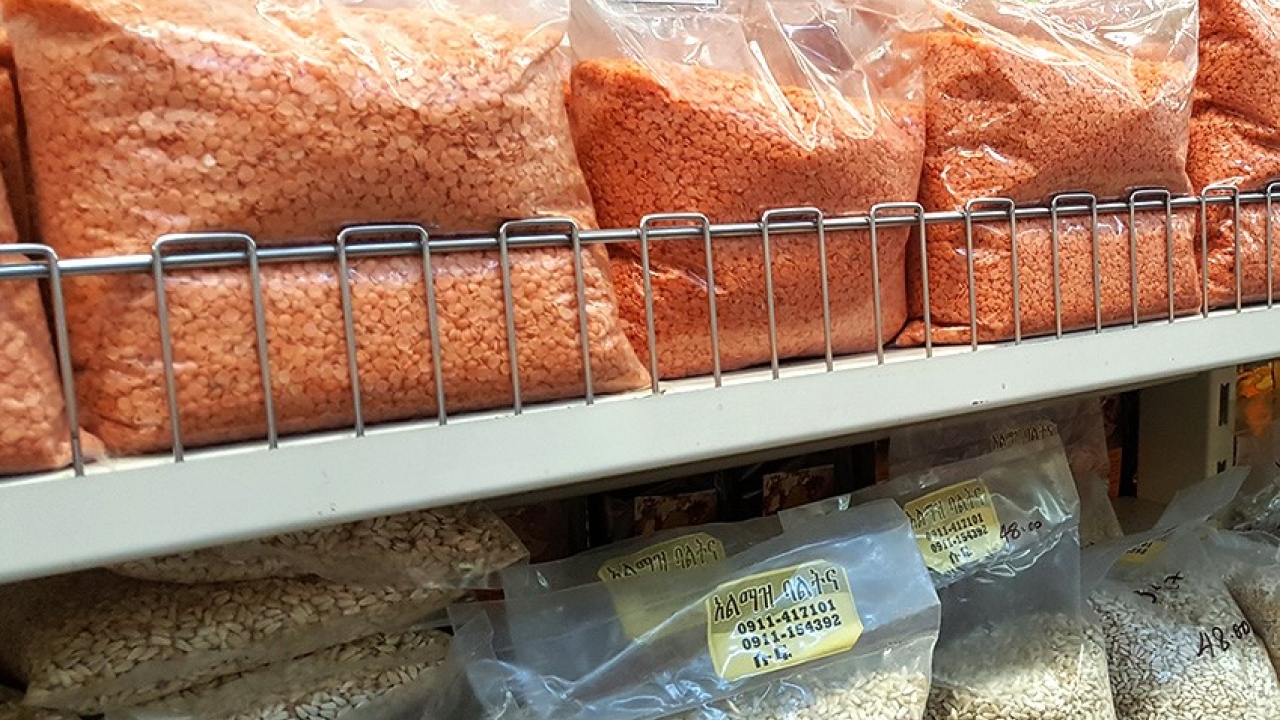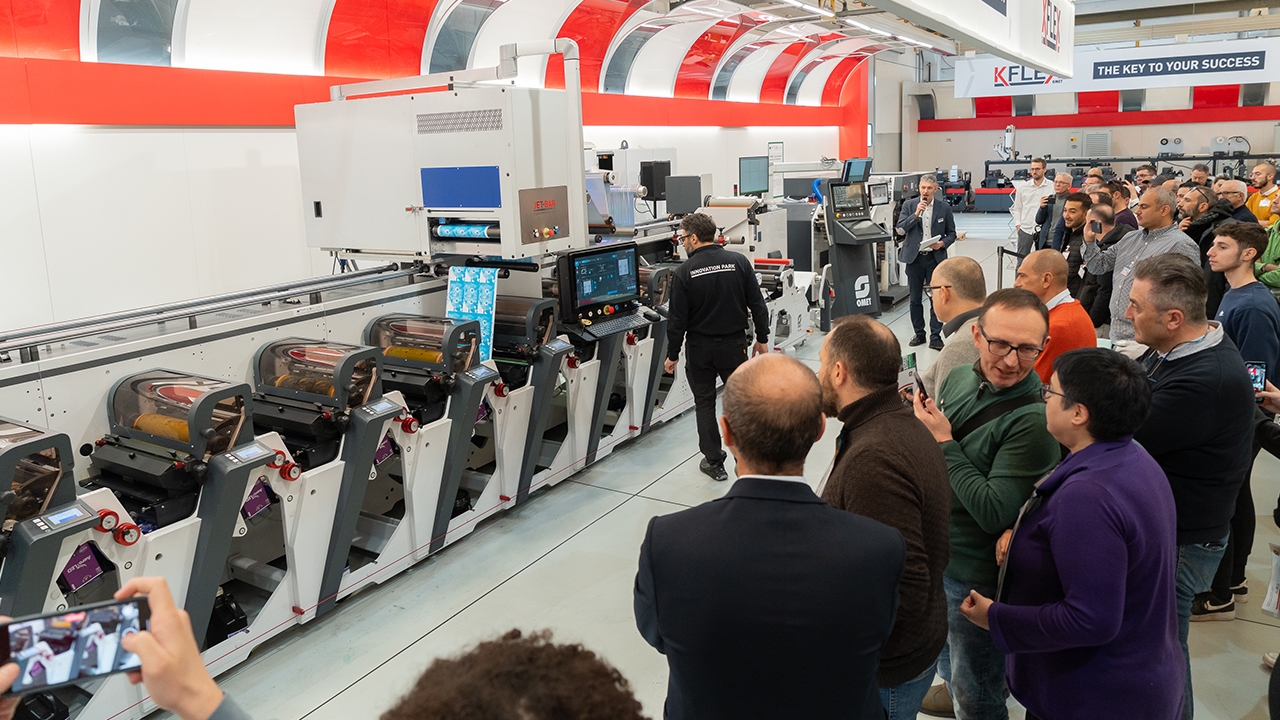The market in Africa

It also identifies groups of consumers who will drive much of Africa’s consumption growth between now and 2025 – those earning more than 50,000 USD a year in South Africa and north Africa; Nigerian consumers in all income brackets; and middle-income consumers in east, central and west Africa. Coincidentally, recent figures released by StatsSA show a marginal increase in South Africa’s manufacturing production – up by 1.5 percent in August 2017 compared to August 2016.
These findings from McKinsey and StatsSA are underscored by recently announced investments in the South African packaging market. These include AB InBev’s investment in two new lines for filling returnable glass bottles; Mpact Group’s recently commissioned liquid packaging recycling plant; and Golden Era’s partnering with a Nigerian beverage can manufacturer to build a large-scale plant. These moves are driven by heightened demand for consumer products resulting from burgeoning individual incomes, an expanding population of youthful consumers and growing domestic economies – particularly those in east and west Africa.
According to Cisco Southern Africa, the slight upward trend in South Africa’s manufacturing production offers the packaging industry – and within that the labeling industry – an opportunity to ramp up moves towards digitizing production in preparation for further growth. The increase is expected to provide the packaging and labeling sectors with slightly enhanced upstream demand.
Rise in digital printing start-ups
By definition, consumer goods are packaged, leading to the conclusion that packaging will see concomitant growth. It should be said, however, that the industry must address digital transformation to reduce downtime.
On the subject of digital printing, Printing SA – South Africa’s overarching printing federation – reports growth in the number of digital printing start-ups across South Africa. The federation’s CEO Steve Thobela comments: ‘It’s evident in both the number of digital printing businesses and the volumes passing through these operations that the flexibility to accommodate both narrow and wide web printing requirements and meet increasing short-run demands is providing an avenue for entrepreneurs to gain a foothold in the industry.’
As he points out, barriers to entry are low when it comes to starting a small digital print business, especially in terms of equipment costs, but entrepreneurs need to have basic business skills, an understanding of applicable legislation and, of course, technical knowledge.
To fill these gaps, Printing SA provides entrepreneurship training and assistance around compliance and labor issues, and offers a Commercial Digital Printer Skills Program.
Alongside this growing emphasis on digitization, innovation and sustainability are increasingly important factors in addressing consumer concerns and environmental compliance regulations across the continent, examples being the complete banning of plastic bags in Kenya, Morocco and Mauritania, and partial banning in many other markets. This trend requires investment in R&D to develop versatile materials that are temperature-resistant, eco-friendly and sturdy.
To keep pace with changing market needs caused by such trends, Africa’s packaging printers are increasingly investigating merger and acquisition opportunities to gain the requisite skills, resources and market shares.
Following two high-profile South African flexible packaging sector acquisitions by foreign buyers in 2015 – Afripack by Austria’s Constantia Flexibles and Nampak Flexible by Australia’s Amcor – we saw Astrapak being snapped up by the UK’s RPC group in 2016, and the most recently Boxmore Packaging’s becoming a fully-owned subsidiary of Austrian packaging specialist Alpla. The deals would appear to signal confidence in the local economy, and are also a result of overseas conglomerates seeing South Africa as a useful launch pad for tackling markets in the rest of Africa.
A positive outcome of having such global giants in the Southern African pond is the encouragement it provides for local packaging printers – whether small, medium or large – to adopt global best practices.
There’s no lack of excitement in Africa’s highly-competitive packaging industry, characterized by corporate takeovers, expansions and amalgamations, company closures and new entrants. These trends look set to continue for at least the short-to-medium-term.
Stay up to date
Subscribe to the free Label News newsletter and receive the latest content every week. We'll never share your email address.


